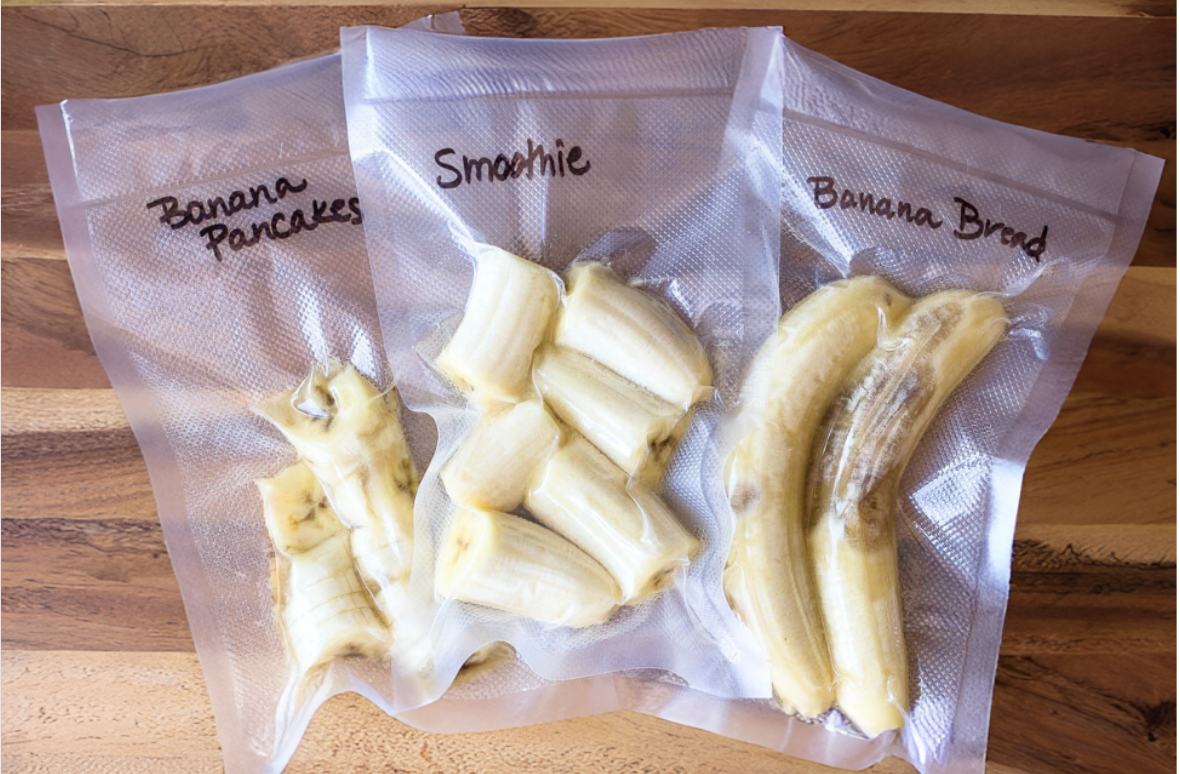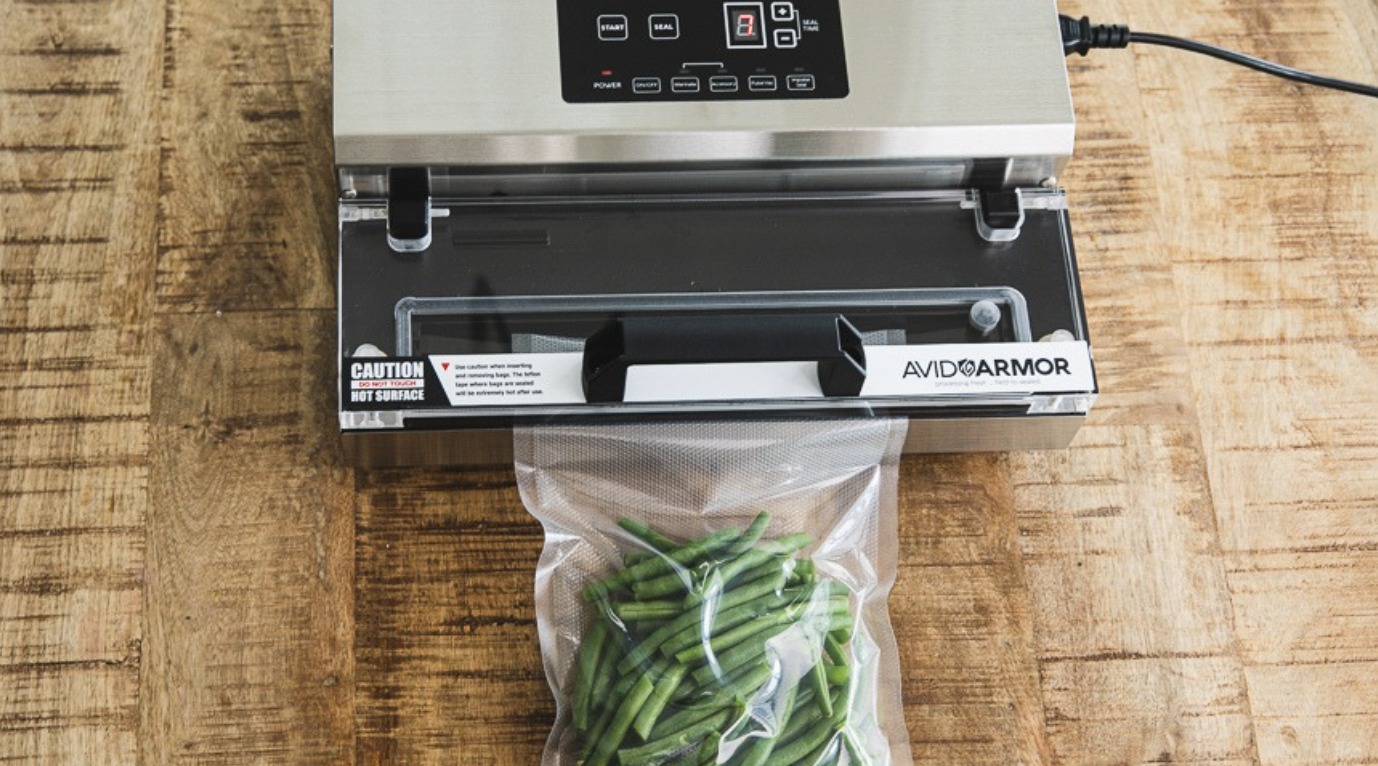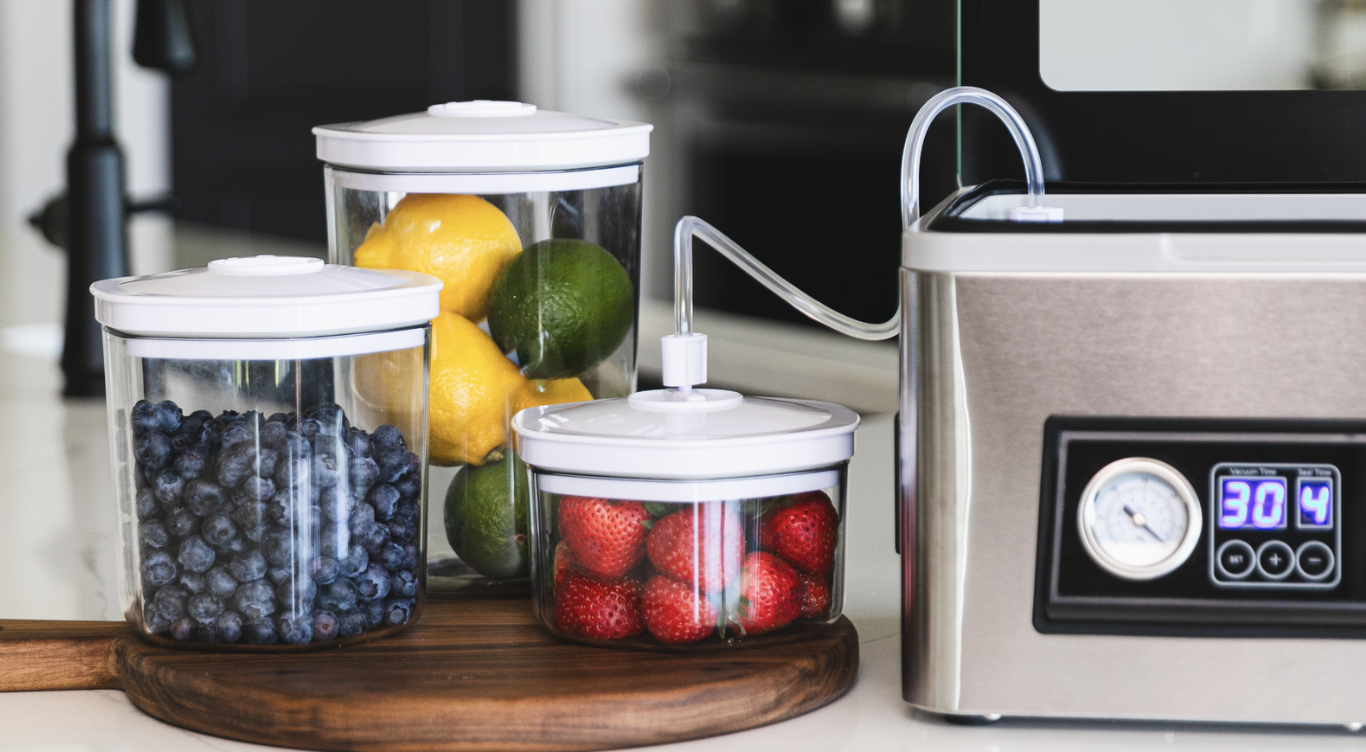Foods You Shouldn’t Vacuum Seal and Safe Storage Alternatives
Posted by Avid Armor on Aug 20th 2024
Vacuum sealing is a fantastic way to extend the shelf life of your food, preserve freshness, and minimize waste. However, not all foods are suitable for vacuum sealing. Certain items can spoil faster or even pose health risks if sealed improperly. Let's dive into what these foods are, why they shouldn't be vacuum sealed, and how you can safely store them instead.
1. Soft Cheeses
- Why You Can’t Vacuum Seal: Soft cheeses like Brie, Camembert, and Ricotta have high moisture content and a delicate texture. Vacuum sealing can crush these cheeses, altering their texture. Plus, their moisture can encourage the growth of anaerobic bacteria when deprived of oxygen, which can lead to spoilage.
- Safe Storage Tip: Wrap soft cheeses in wax paper or parchment paper, then place them in an airtight container. This allows the cheese to breathe while keeping it fresh.
2. Raw Mushrooms
- Why You Can’t Vacuum Seal: Mushrooms naturally contain a high level of moisture. When vacuum sealed, they can spoil faster because of the increased humidity, leading to sliminess and a shortened shelf life. Additionally, the lack of oxygen can encourage the growth of anaerobic bacteria.
- Safe Storage Tip: Store raw mushrooms in a paper bag in the refrigerator. The paper bag helps absorb excess moisture, keeping the mushrooms dry and extending their freshness.
3. Garlic and Onions
- Why You Can’t Vacuum Seal: Garlic and onions are known for their potent flavors, but vacuum sealing can accelerate spoilage. These foods contain natural gases that continue to release after sealing, which can cause them to spoil quickly or lead to botulism in low-oxygen environments.
- Safe Storage Tip: Keep garlic and onions in a cool, dry, and well-ventilated space. Avoid refrigeration, as this can make them mushy. Instead, store them in mesh bags or baskets.
4. Fresh Bananas
- Why You Can’t Vacuum Seal: Bananas are prone to quick ripening, and vacuum sealing can speed up this process, causing them to become mushy and overripe rapidly. The lack of oxygen and the high ethylene gas production from bananas create an environment where they spoil faster.
- Safe Storage Tip: Store bananas at room temperature until they ripen. Once ripe, you can peel and freeze them. Vacuum sealing ripe bananas before freezing is an excellent way to preserve their flavor and texture. Simply peel the bananas, vacuum seal them in a single layer, and store them in the freezer. These vacuum-sealed bananas are perfect for smoothies, baking, or enjoying as a frozen treat.

5. Raw Cruciferous Vegetables
- Why You Can’t Vacuum Seal: Vegetables like broccoli, cauliflower, and cabbage continue to emit gas even after harvest. If vacuum sealed, these gases get trapped, leading to rapid spoilage and a foul odor.
- Safe Storage Tip: Store these vegetables in the refrigerator in perforated plastic bags, which allow for some airflow while maintaining freshness. Alternatively, you can blanch cruciferous vegetables first, then vacuum seal them as a safe and effective option for long-term storage. Blanching stops the enzymatic process, reducing gas production and helping to preserve their texture and nutrients.

6. Cooked Rice
- Why You Can’t Vacuum Seal: Cooked rice has a high moisture content, which can lead to bacterial growth, especially in a low-oxygen environment. This can result in foodborne illness if not stored properly.
- Safe Storage Tip: Store cooked rice in airtight containers in the refrigerator for up to 4-6 days. If you plan to freeze cooked rice, portion it out and vacuum seal it before freezing. Vacuum sealing helps prevent freezer burn and preserves the rice's quality for future use.
7. Unpasteurized Soft Berries
- Why You Can’t Vacuum Seal: Berries like strawberries, raspberries, and blueberries are delicate and have high water content. Vacuum sealing can crush them, leading to a mushy texture. The high moisture content also increases the risk of mold and bacterial growth.
- Safe Storage Tip: Store berries in a shallow container lined with paper towels in the refrigerator. If you prefer vacuum sealing, you can use the Avid Armor 3-piece canister set to vacuum seal fresh berries without crushing them, which helps extend their freshness while maintaining their delicate texture. Alternatively, if you want to store berries for an extended period, spread them out on a baking sheet to freeze individually before vacuum sealing them in bags. Vacuum-sealed frozen berries are perfect for smoothies, baking, or as toppings.

While vacuum sealing is a versatile and effective method for food preservation, it’s important to recognize that not all foods are suited for this technique. By understanding the characteristics of certain foods and opting for appropriate storage methods, you can ensure your food stays fresh and safe to eat. When in doubt, remember that moisture, texture, and gas production are key factors in determining whether a food can be safely vacuum sealed. Happy storing!

